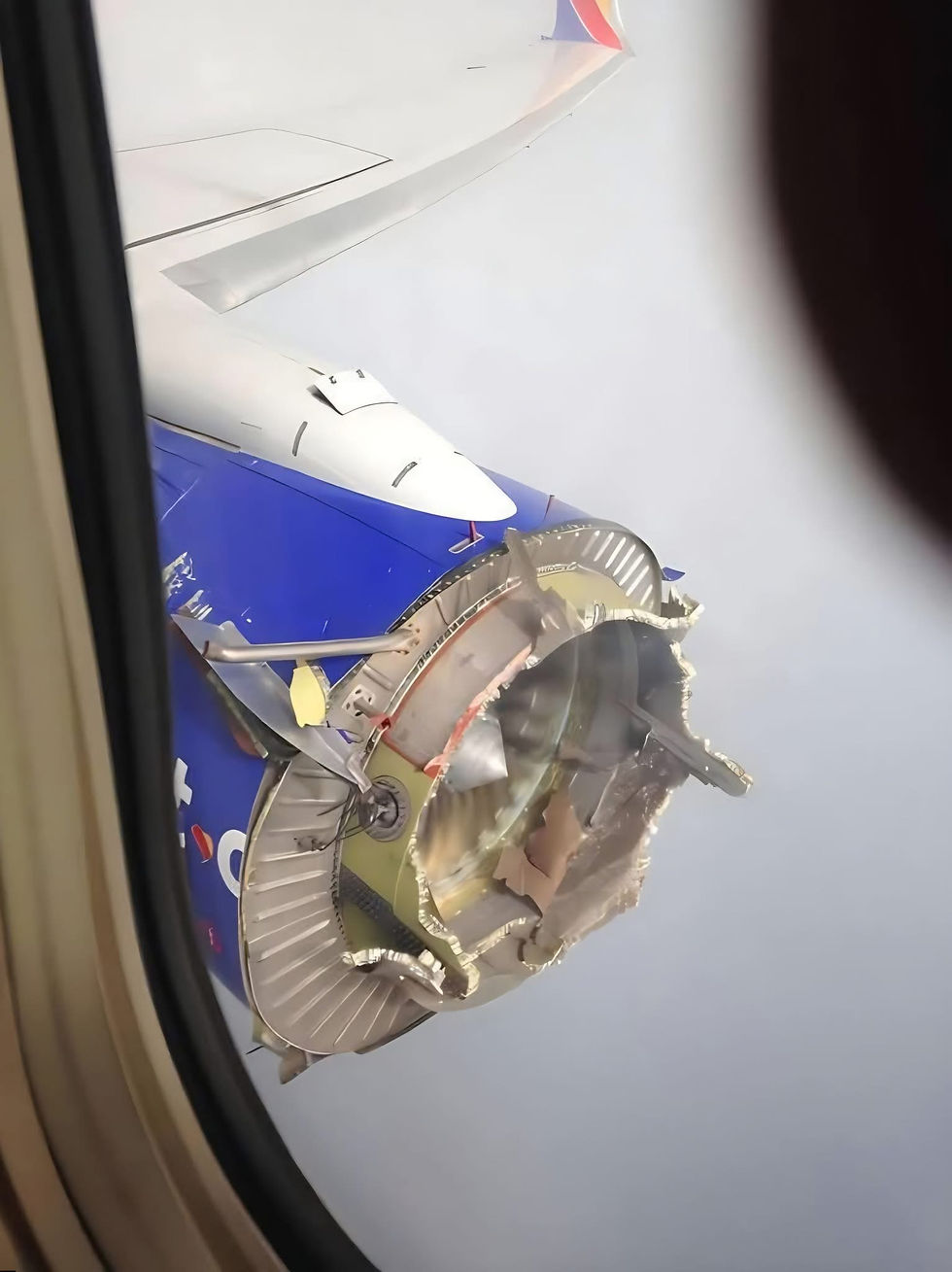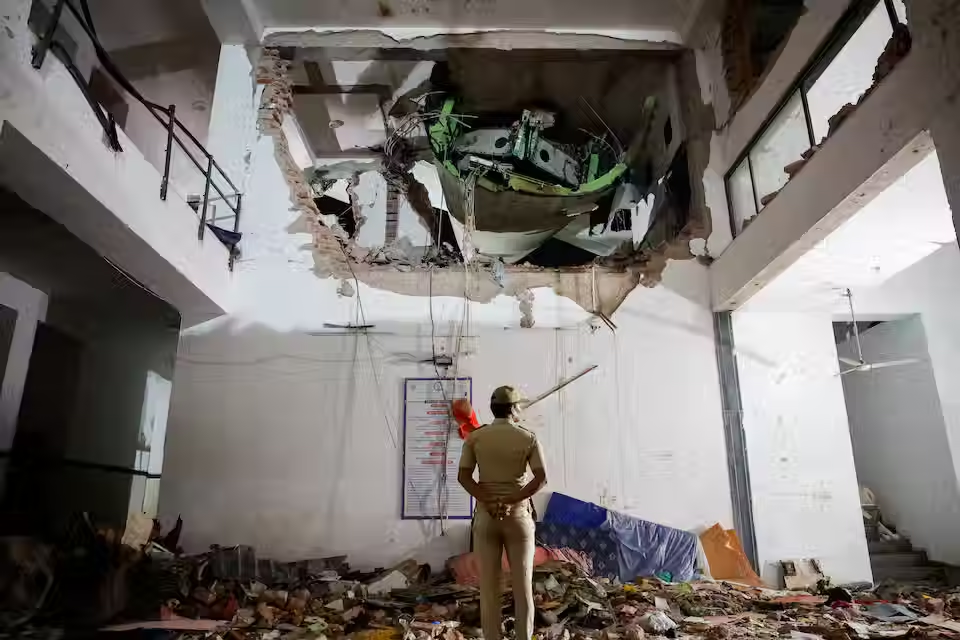Airlines pay the price as no-go airspace increases due to global conflicts
- Airplanes & Airports

- Jun 24
- 1 min read
US strikes on Iran are adding to the pressure on carriers, which are having to avoid war-torn regions, lengthening routes and pushing up costs

With barely 48 hours elapsed since the US launched strikes against Iran, the swift resumption of near-normal service circumnavigating the war zone underlines that few crises, short of the global pandemic, have stopped airlines and their passengers flying for long.
British Airways had been planning to restart flights to the Middle East cities of Doha and Dubai again, after cancelling departures from Heathrow at the weekend. However, on Monday evening Qatar temporarily closed its airspace again as Iran launched a missile attack on US bases in the country.
The hiatus so far has been significant, given the airports involved are critical Gulf hubs in international aviation on routes where options have become limited and the geopolitical squeeze is getting tighter.
The first job of the industry is to steer clear of unnecessary risk, with uncertain threats after the escalation of conflict in the Middle East, and the reach of modern drone and missile attacks. The aviation industry has long stressed that safety is paramount, but has been rocked by this month’s Air India disaster, the deadliest crash on a modern, scheduled airliner in many years.




Comments